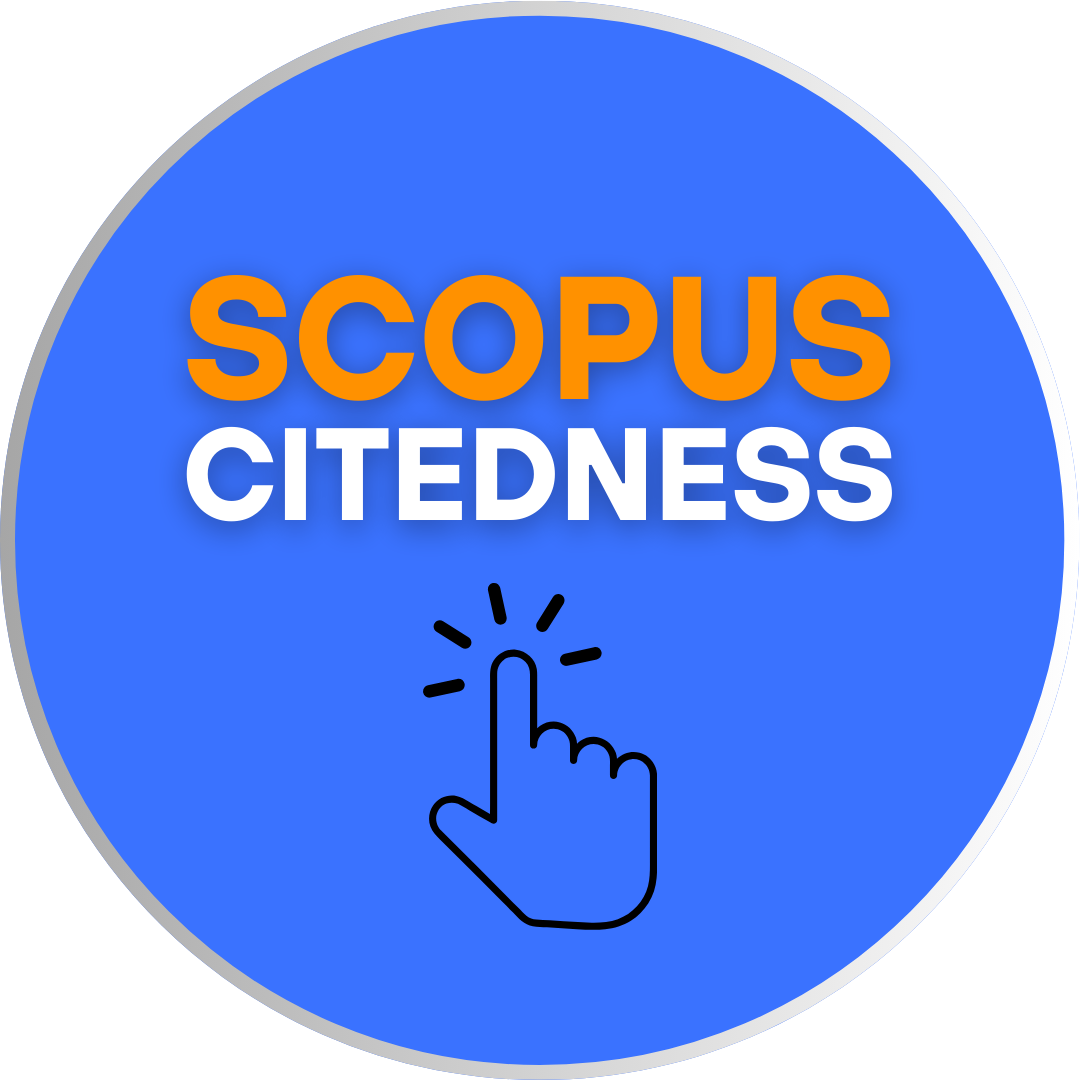ENGLISH PRONUNCIATION DIVERSITY PRODUCED BY INDONESIAN COVER-SINGERS: A CASE STUDY ON THE YOUTUBE CHANNEL
DOI:
https://doi.org/10.18592/let.v11i1.4598Keywords:
pronunciation changes, segmental, Indonesian cover-singersAbstract
This study focuses on the pronunciation changes of the Indonesian cover-singers on YouTube. It is qualitative research by using documentation technique. There were three subjects of this study namely RM with song “Memories”, AH with song “Thank You Next”, and HD with song “Comethru”. At the first singer’s pronunciation, there were 26 mispronounced words and she did consonant deletion, vowel shift, vowel coalescence, consonant neutralization, consonant insertion, and metathesis. At the second singer’s pronunciation, there were 17 mispronounced words and she did consonant deletion, vowel shift, consonant neutralization, consonant insertion, assimilation, and diphthongization. At the third singer’s pronunciation, there were 12 mispronounced words and she did consonant deletion, consonant neutralization, vowel shift, vowel coalescence, and consonant insertion. These pronunciation changes occur because of the distinction between the phonological system of English and Bahasa Indonesia , and the Indonesian cover-singers still rely on the word’s spelling rather than phonetic sound. Regardless of these two reasons, there are also several similarities in the phonological system between English and Bahasa Indonesia, but the Indonesian cover-singers still perform the pronunciation changes.References
Alwi, H., Dardjowijojo, S., Lapoliwa, H., Moeliono, A. (2017). Tata Bahasa Baku Bahasa Indonesia Edisi Keempat.
Carr, P. (2008). A Glossary of Phonology.
Fraser, H. (2001). Teaching Pronunciation: A handbook for teachers and trainers.
Fromkin, V., Rodman, R., & Hyams, N. (2014). An Introduction to Langauge 10th Edition.
Hancock, D. R. (2018). Doing Case Study Research. In Dalton Transactions (Vol. 47).
Jelangpaska, I. H. (2020). Indonesian Singer Consonants Pronunciation in Klif’s Fancy Lady and Red Cigarette.
Khumaidi, M. I. (2020). PHONOLOGICAL PERSPECTIVE ON PRONUNCIATION CHANGES OF METAL VOCAL TECHNIQUES
Martin, H. (2004). Pronunciation Practice Activities. A Resource Book for Teaching English Pronunciation.
Mattew B.Miles, A.Michael Huberman, J. S. (2014). Qualitative Data Analysis.
Nuraini, E. (2012). A Comparative Study on English and Indonesian Consonant Clusters.
Odden, D. (2005). Introducing Phonology.
Pallawa, A. (2013). A Comparative Analysis between English and Indonesian Phonological Systems. International Journal of English Language Education, 1(3).
Peter Avery, S. E. (2013). Teaching American English Pronunciation.
Schane, S. A. (1973). Generative Phonology.
Simangunsong, Y. G. (2018). MISPRONUNCIATION OF ENGLISH FRONT VOWELS BY THE SIXTH SEMESTER STUDENTS OF NON-ENGLISH MISPRONUNCIATION OF ENGLISH FRONT VOWELS BY THE SIXTH SEMESTER STUDENTS OF NON-ENGLISH.
Wahyuni, A. K. T. (2012). Phonological Analysis on Labiodental Fricatives Produced by South Korean Singers in Live Performance Music Video.
Wolfram, W., & Johnson, R. (1984). Phonological Analysis: Focus on American English. RELC Journal, 15(2), 111–112.
Yule, G. (2006). The Study of Language.
Downloads
Published
How to Cite
Issue
Section
License
Authors who publish with this journal agree to the following terms:
- Authors retain copyright and grant the journal right of first publication with the work simultaneously licensed under a Creative Commons Attribution License that allows others to share the work with an acknowledgement of the work's authorship and initial publication in this journal.
- Authors are able to enter into separate, additional contractual arrangements for the non-exclusive distribution of the journal's published version of the work (e.g., post it to an institutional repository or publish it in a book), with an acknowledgement of its initial publication in this journal.
- Authors are permitted and encouraged to post their work online (e.g., in institutional repositories or on their website) prior to and during the submission process, as it can lead to productive exchanges, as well as earlier and greater citation of published work.
LET (LINGUISTICS, LITERATURE, AND LANGUAGE TEACHING) http://jurnal.uin-antasari.ac.id/index.php/let/index licensed under a Creative Commons Attribution 4.0 International License.
















